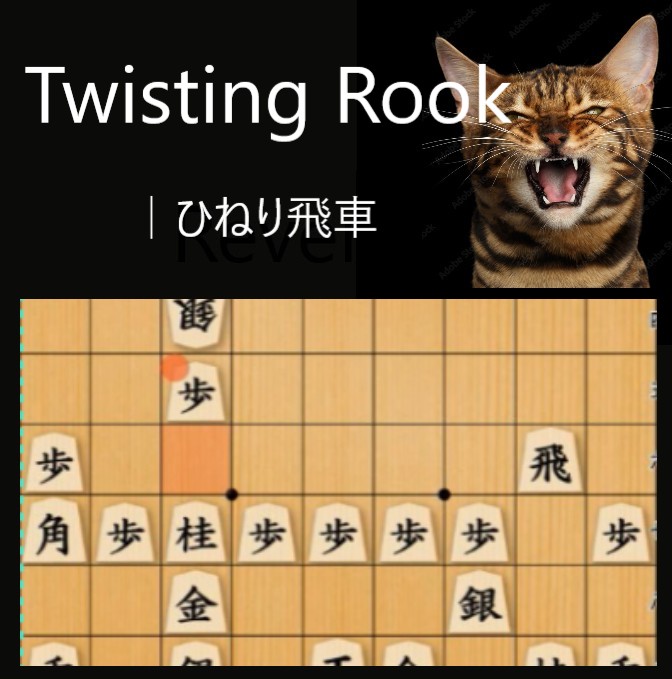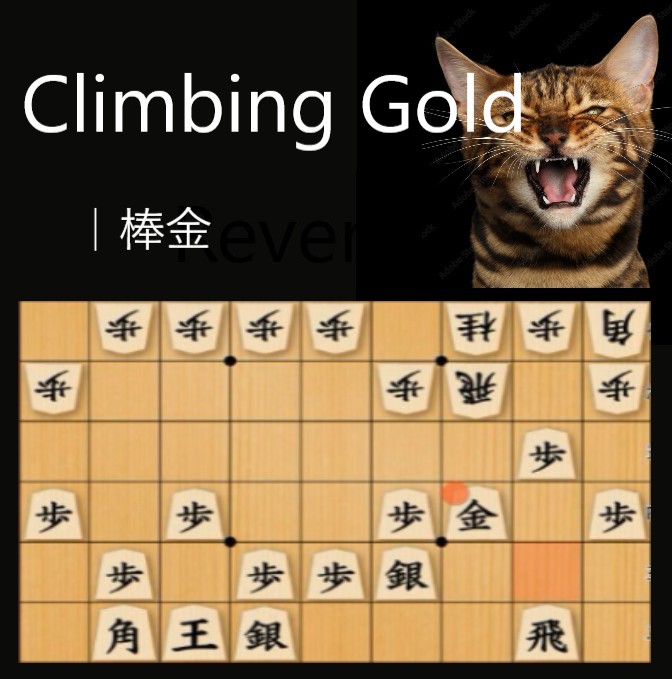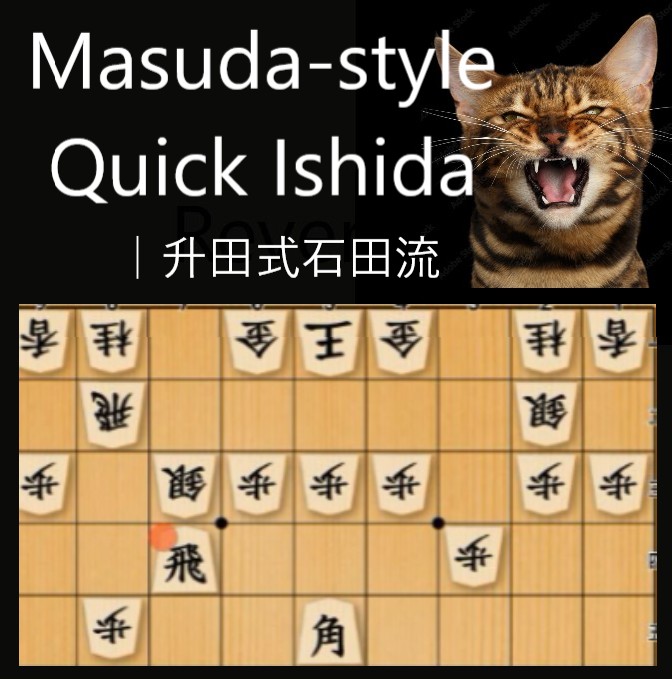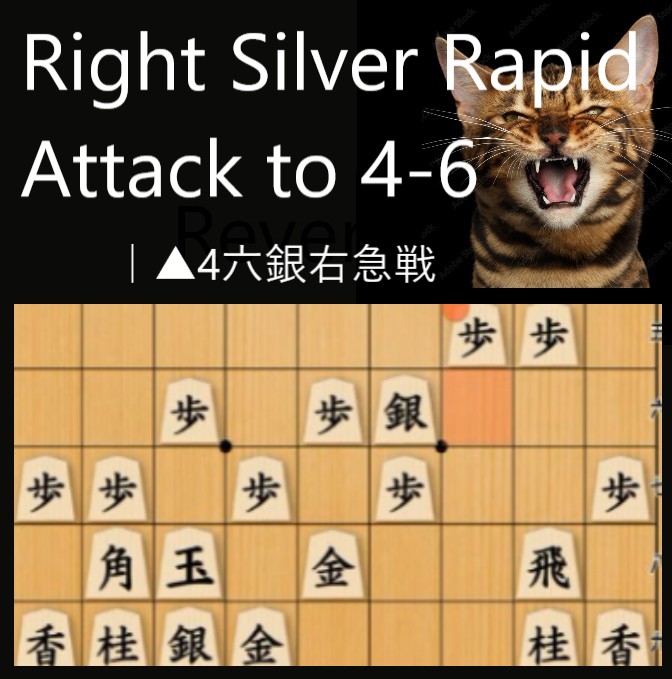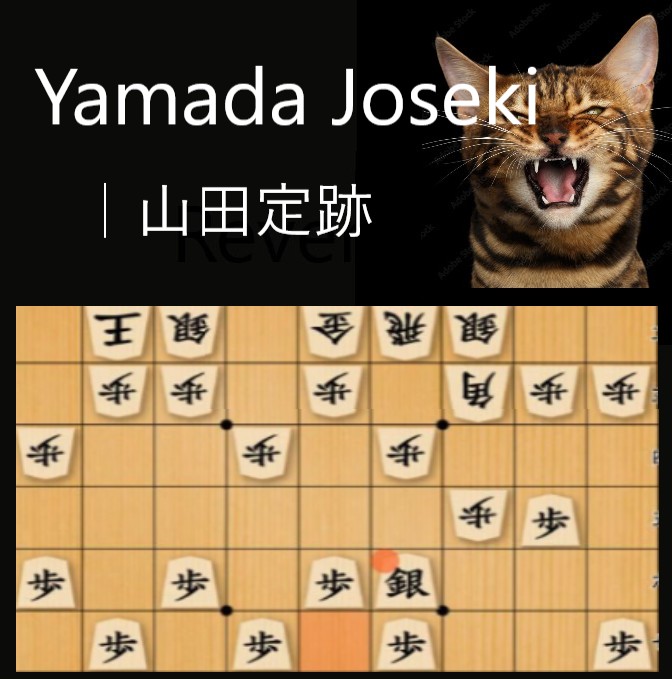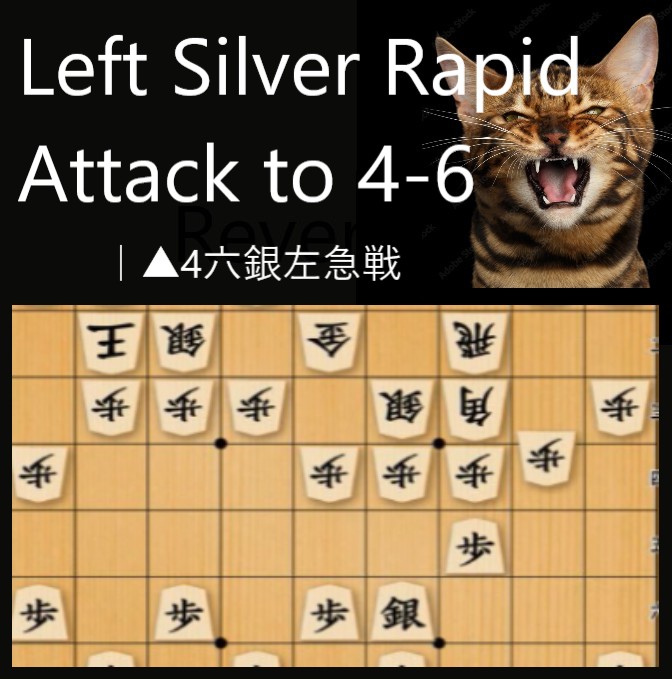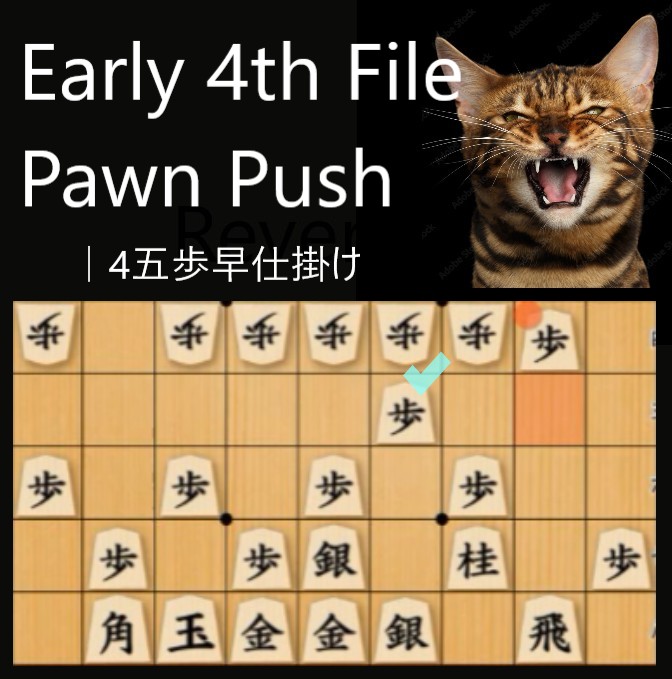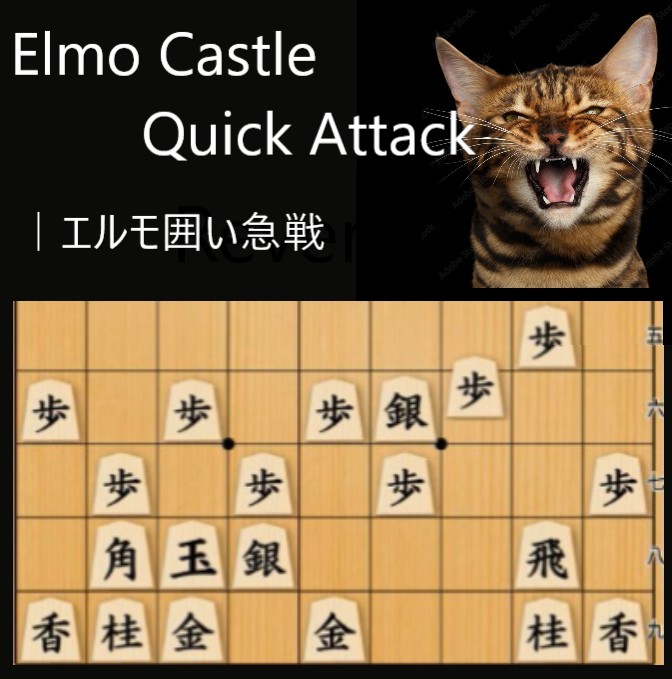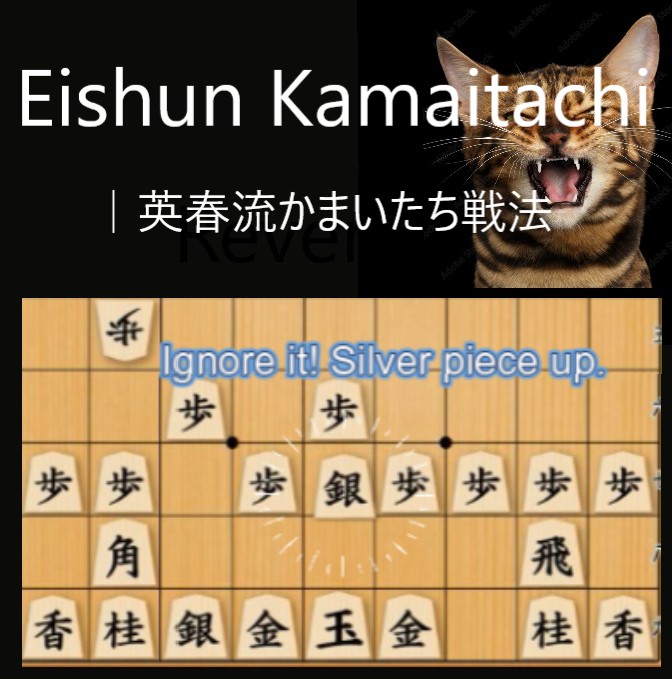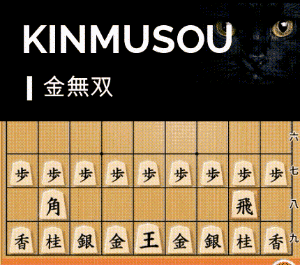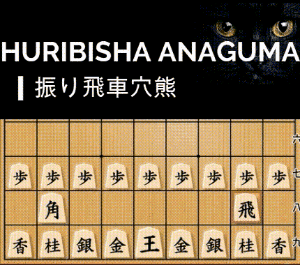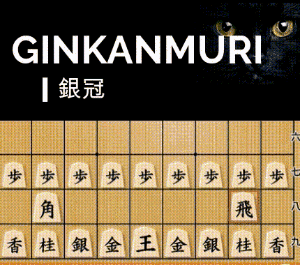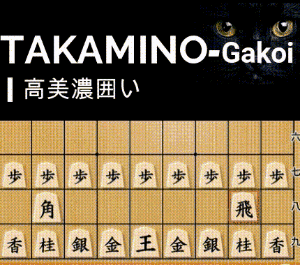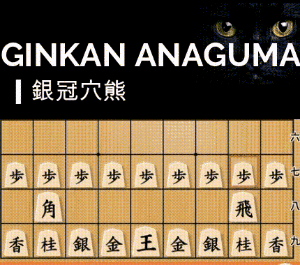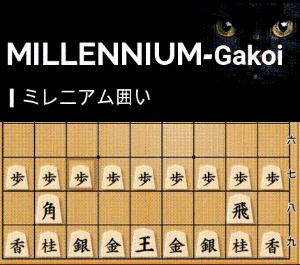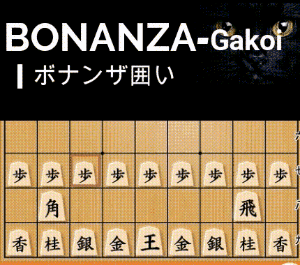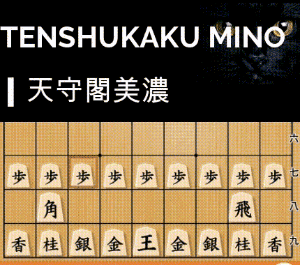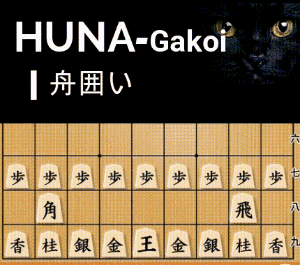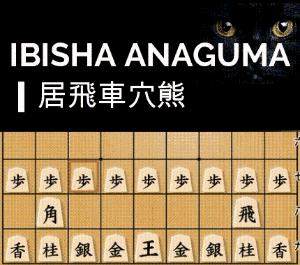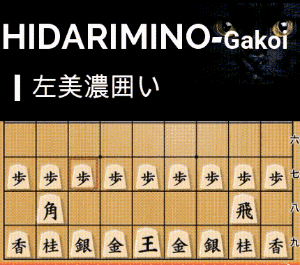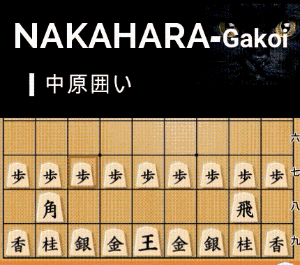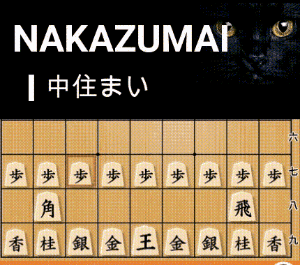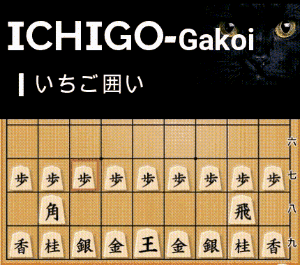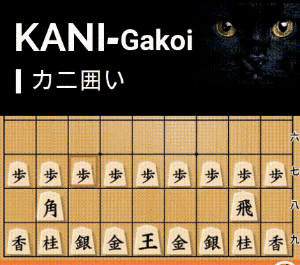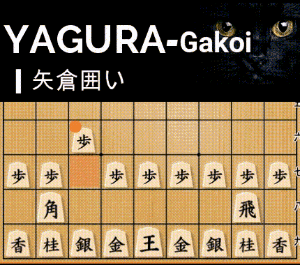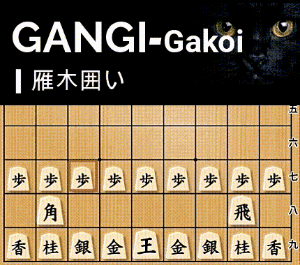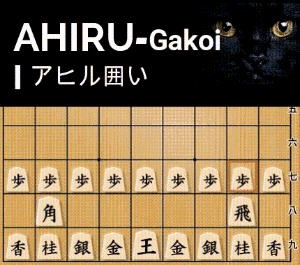-
How to Play Twisting Rook: Transitioning from Double Wing Attack to Ishida Rook
Twisting Rook is a unique strategy where you transition from a Double Wing Attack (Static Rook) into the Ishid…
-
How to Play the Climbing Gold Against the 3rd-File Rook
Learn how the Climbing Gold strategy can be effective against the 3rd-File Rook, particularly the Ishida varia…
-
How to Defend Against the Quick Ishida Attack
Learn how to counter the Quick Ishida opening in shogi. This guide covers key defensive strategies, including …
-
Masuda-style Quick Ishida: How to Fork with 5-5 Bishop Drop
Learn how to execute the Masuda-style Quick Ishida strategy and perform a powerful fork with the 5-5 Bishop dr…
-
Right Silver Rapid Attack to 4-6 – A Quick and Aggressive Counter to Ranging Rook
The Right Silver Rapid Attack to 4-6 (also known as the 5-7 Silver Attack) is an aggressive opening strategy i…
-
Yamada Joseki – A Strategic Response to Ranging Rook
The Yamada Joseki (Left Silver-57 Rapid Attack) is a dynamic Static Rook strategy that targets Ranging Rook fo…
-
Left Silver Rapid Attack to 4-6 – A Quick and Aggressive Counter to Ranging Rook
The Left Silver Rapid Attack to 4-6 (also known as the 5-7 Silver Attack) is an aggressive opening strategy us…
-
Early 4th File Pawn Push – Counterplay Against the Ranging Rook
The Early 4th File Pawn Push is an aggressive strategy used by Static Rook players when facing the Ranging Roo…
-
Elmo Quick Attack – A Software Designed Strategy
Discover the Elmo Castle Quick Attack strategy, designed by the Elmo Shogi software. Learn how this solid appr…
-
Eishun Kamaitachi Trap – A Deadly 19 Moves
Discover the powerful 19-move "Eishun Style Kamaitachi" opening trap! Learn how to gain an instant advantage a…
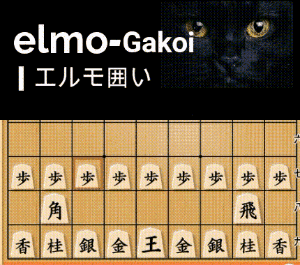
- ■Pros: Not easy to deliver mating threats or checks.
- ■Cons: Vulnerable to bishop exchanges.
- ■Move count: 10

